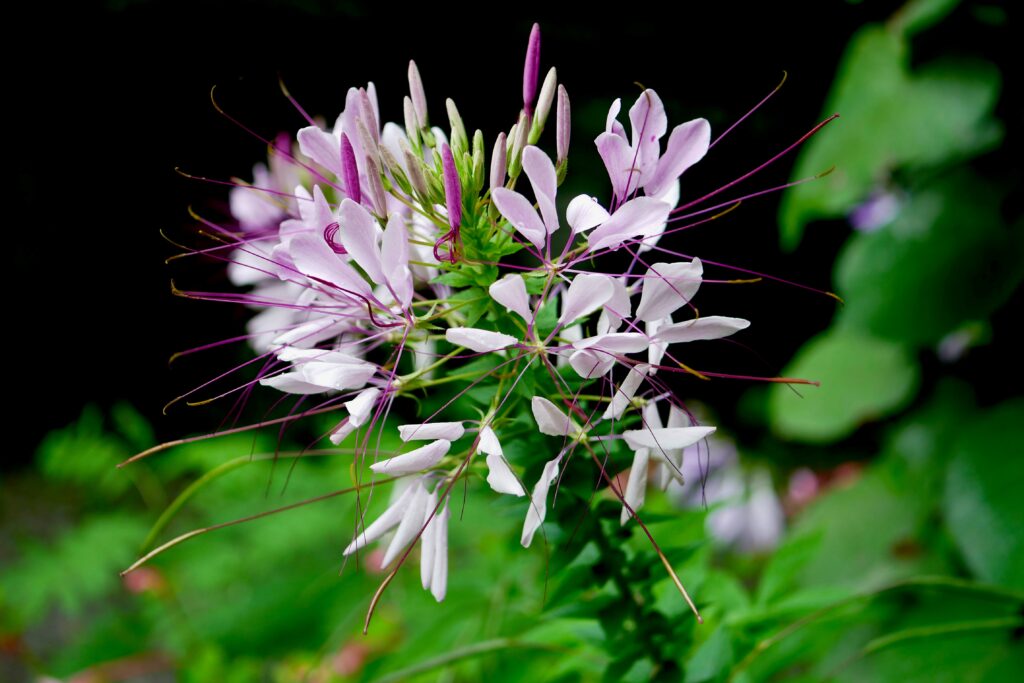MORGANTOWN — This week at the West Virginia Botanic Garden, at 1061 Tyrone Road, we focus on some things familiar and a few things not so familiar.
From the familiar category, nothing brings a smile to visitor’s faces more than sunflowers, genus Helianthus, and a member of the aster family.
At the WVBG, we have a number of perennial sunflowers now in bloom along with our display of annual sunflowers that we start from seed and plant out in beds.
Now blooming in our pollinator bed is a row of mixed sunflowers, with the largest being the Mammoth Grey-Stripe. Sunflower disks are actually a collection of small “florets” that are packed in a pattern that is, mathematically, the most efficient for producing the highest density of seeds. Sunflowers are always popular with bumble bees and butterflies, and we leave the heads on after blooming to provide food for birds and other wildlife.
Moving to the less familiar, we have a number of castor beans (Ricinus communis) that are in bloom in the Yagle Garden. Castor bean plants have unique purple and green palmately lobed leaves (palm-like) and round, spiny cerise seed capsules that brown-up when mature. Castor beans are perennials in southern climates, and in our horticultural zone we treat them like annuals. Interestingly, gardeners in West Virginia must enjoy their unusual looks as you will see them in many roadside gardens.
Another unusual bloom in the Yagle Garden is scarlet rose mallow, Hibiscus coccineus, a herbaceous perennial. We have a collection of these tall, leggy plants in the Yagle Garden and their large, scarlet hibiscus blooms are pushing above other plants to catch your eye. We are right on the cusp of what these plants can tolerate for winter temperatures, so if you decide to give these a try in your garden, be sure to place them in a sunny, protected area and mulch them well in the fall.

Our last stop this week is the host kiosk near the lower parking area. There you will find two lovely specimens: spider flower (Cleome hassleriana), and hardy begonia (Begonia grandis).
Spider flower also has palmate leaves, but it is their spiky bloom that catches the eye. Each floret has four pink petals and six long protruding stamens that reach out about three inches, making them a real eye-catcher.
The hardy begonias are planted behind the kiosk where they love the shade, moisture and humus-rich soil. These begonias have developed into a large mass since being planted there a few years ago and are now in their peak bloom.
Check out this and more at the WVBG, and I will see you in the garden!
David P. Davis, Ph.D., is a gardener at the WVBG. For visiting information, maps, and more, visit WVBG.org.







